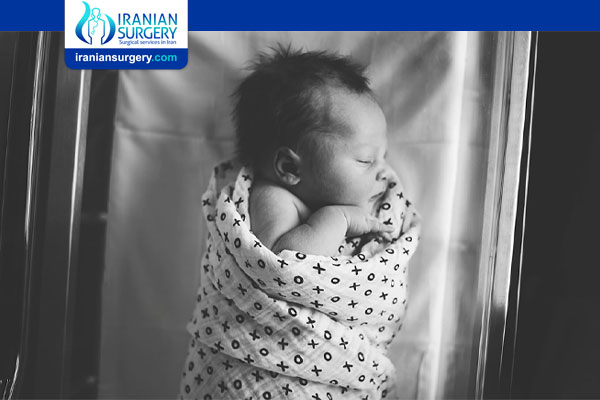Preimplantation Genetic Diagnosis Pros and Cons
Preimplantation Genetic Diagnosis Pros and Cons
During in vitro fertilization (IVF) treatment, doctors have a number of tools at their disposal to increase success rates. One of these tools is preimplantation genetic diagnosis, commonly referred to as PGD. PGD is a method of testing embryos during IVF treatment to determine if an embryo has a genetic disease or chromosomal defect. Both of these issues can result in pregnancy loss, so transferring healthy embryos is ideal to increase the likelihood of a live birth and healthy child.
PGD Process
PGD may be performed in the early stages of an embryo’s development. To perform testing, a single cell is removed from an embryo. Removing the cell does not have long term effects on the embryo which will continue to increase in the number of cells it has. Once the cell is retrieved, it can be tested in order to look for certain genetic diseases or to determine if the embryo is chromosomally normal. Embryos that are found to have issues are not used during IVF treatment.
Pros and Cons of PGD
The process of testing embryos during IVF is done at an additional cost. Therefore, it is important to consider both the pros and cons of having the procedure done before moving ahead.
Pros of PGD
. Women who have PGD are at a lower risk of having a miscarriage
. The process has an extremely high success rate of identifying genetic diseases and chromosomal issues
. Many couples are unaware that they are carriers for genetic diseases until they have a child with a birth defect
. As a woman ages, she is more likely to have a child with a chromosomal defect due to decreased egg quality, PGD can avoid this
Cons of PGD
. The process is not 100% accurate, so prenatal testing is still strongly advised
. Some individuals have a moral conflict with the use of PGD testing and the disposal of embryos
. There is a significant cost to having the procedure done, which is often not covered by medical insurance
Is PGD Testing Safe?
Some people believe that taking cells for a biopsy so early on could disturb the embryo but data from years of PGD tests reveals that these tests do not raise the risk of birth defects in a new born.
Embryos are delicate and PGD is quite a sophisticated procedure, so there is some measure of risk if the process not handled carefully. Iranian Surgery only works with the doctors and genetic laboratories that have extensive experience and have been using these technologies successfully for years.
It is rather unsafe to carry on IVF without PGD (in cases where it is especially indicated) and risk a miscarriage or carry a baby with a serious genetic disorder to birth.
Alternatives to PGD testing
Preimplantation genetic testing is done on embryos before they are transferred to the uterus. There are also some tests that can check for genetic abnormalities, AFTER the pregnancy is confirmed. These include:
. Chorionic villus sampling (CVS) – biopsy of the placenta at 10 -12 weeks of pregnancy to detect for fetal genetic abnormalities. If detected, you may have to consider an abortion.
. Amniocentesis – performed 16 to 18 of pregnancy. In this test the amniotic fluid is checked for genetic abnormality in the fetus.
. Ultrasound & blood tests – additionally help in checking for some abnormalities. If suspected, advanced tests may be recommended to confirm the diagnosis.
About Iranian Surgery
Iranian surgery is an online medical tourism platform where you can find the best doctors and fertility specialists in Iran. The price of PGD in Iran can vary according to each individual’s case and will be determined by an in-person assessment with the doctor.
For more information about the cost of PGD in Iran and to schedule an appointment in advance, you can contact Iranian Surgery consultants via WhatsApp number 0098 901 929 0946. This service is completely free.
Source:
https://www.infertilityaide.com/pgd-testing-procedure-cost-risks-benefits
https://drjohnzhang.com/pros-cons-pgd/


